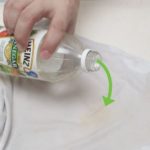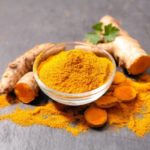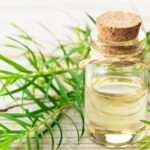Beginners who have no experience in growing indoor plants often have many questions when they first start their gardening journey.
In reality, plant lovers who are learning how to grow plants step by step, from learning how to water them, fertilize them, prune them… gradually become skilled plant caregivers.
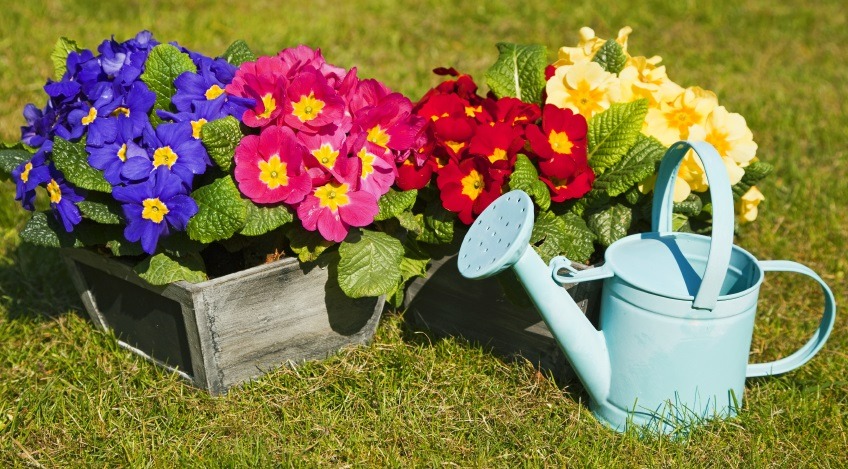
The biggest challenge faced by plant enthusiasts is improper watering, which is a common reason why 80% of indoor plants die.
To avoid this, there is a simple trick that not everyone knows: put a chopstick in the plant pot. It’s extremely easy, simple, and easy to learn.
Below are some tips to help you water your plants properly, providing them with the right amount of nutrients for healthy growth and abundant flowering.
1. Putting a chopstick in the plant pot helps control the amount of water
Many people have 10 plants but 8 of them die due to improper watering. This is not an exaggeration, especially for those who are new to planting and overly care about their plants.
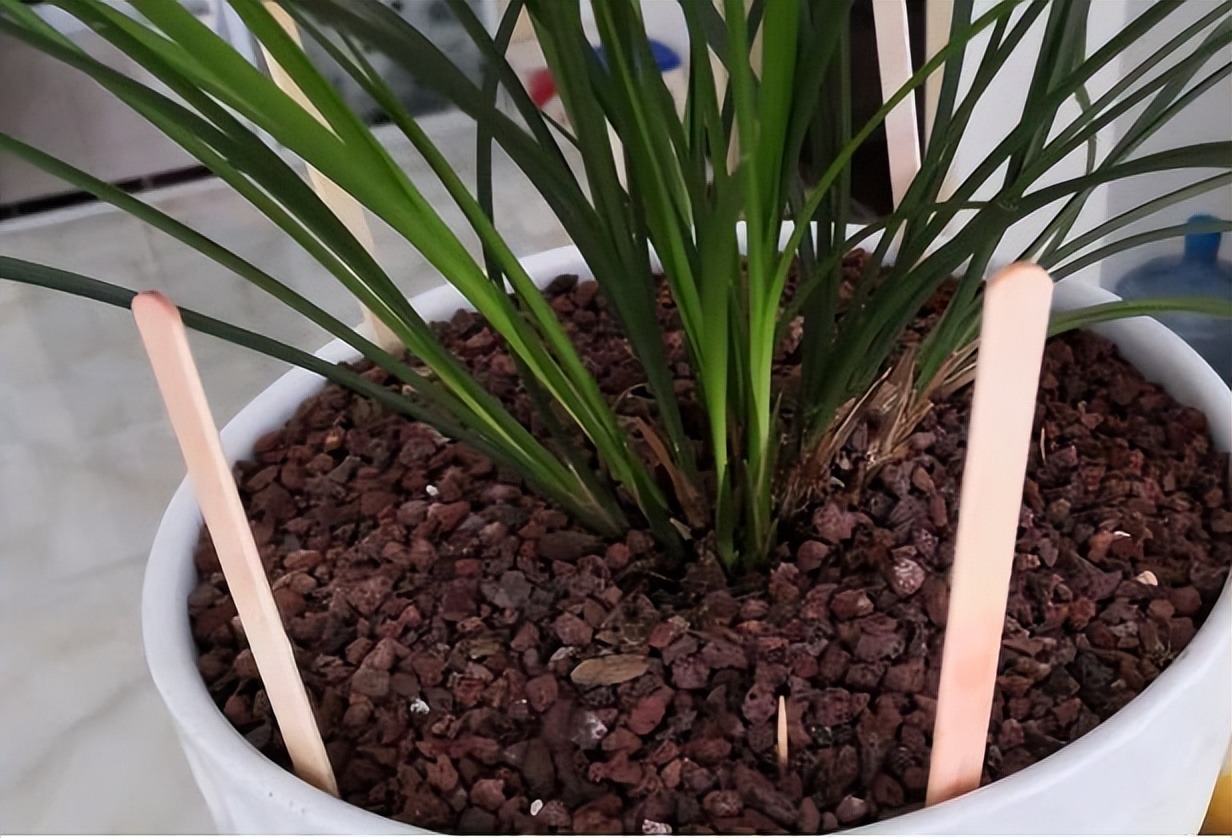
Putting a chopstick in the plant pot helps control the amount of water
They often admire their plants, worry that they are thirsty, and believe that plants, like humans, need water every day, so they water them heavily, which leads to overwatering and root rot.
In reality, with the exception of hydroponic plants, most indoor plants need to be watered according to the principle: water the soil when it is dry and water it thoroughly.
If you can’t control this, watering your plants whimsically will eventually kill them.
So how do you know when the soil is dry enough to water? Don’t rely on tilting the pot or looking at the color of the soil. Simply insert a chopstick (wooden skewer) into the pot and pay attention to the chopstick.

If you can’t control this, watering your plants whimsically will eventually kill them.
If you pull up the chopstick and see that it’s dry, it means the soil is dry enough and the plant needs to be watered immediately. But if the chopstick is still moist, wait a few more days until it dries out before watering.
That way, you no longer have to worry about when to water your plants.
2. Adding lemon juice to the water helps acid-loving plants thrive
Many plant enthusiasts know this little trick. Most types of plants we grow indoors prefer acidic soil. Therefore, as long as the soil and water are acidic, they will promote the healthy growth of indoor plants.
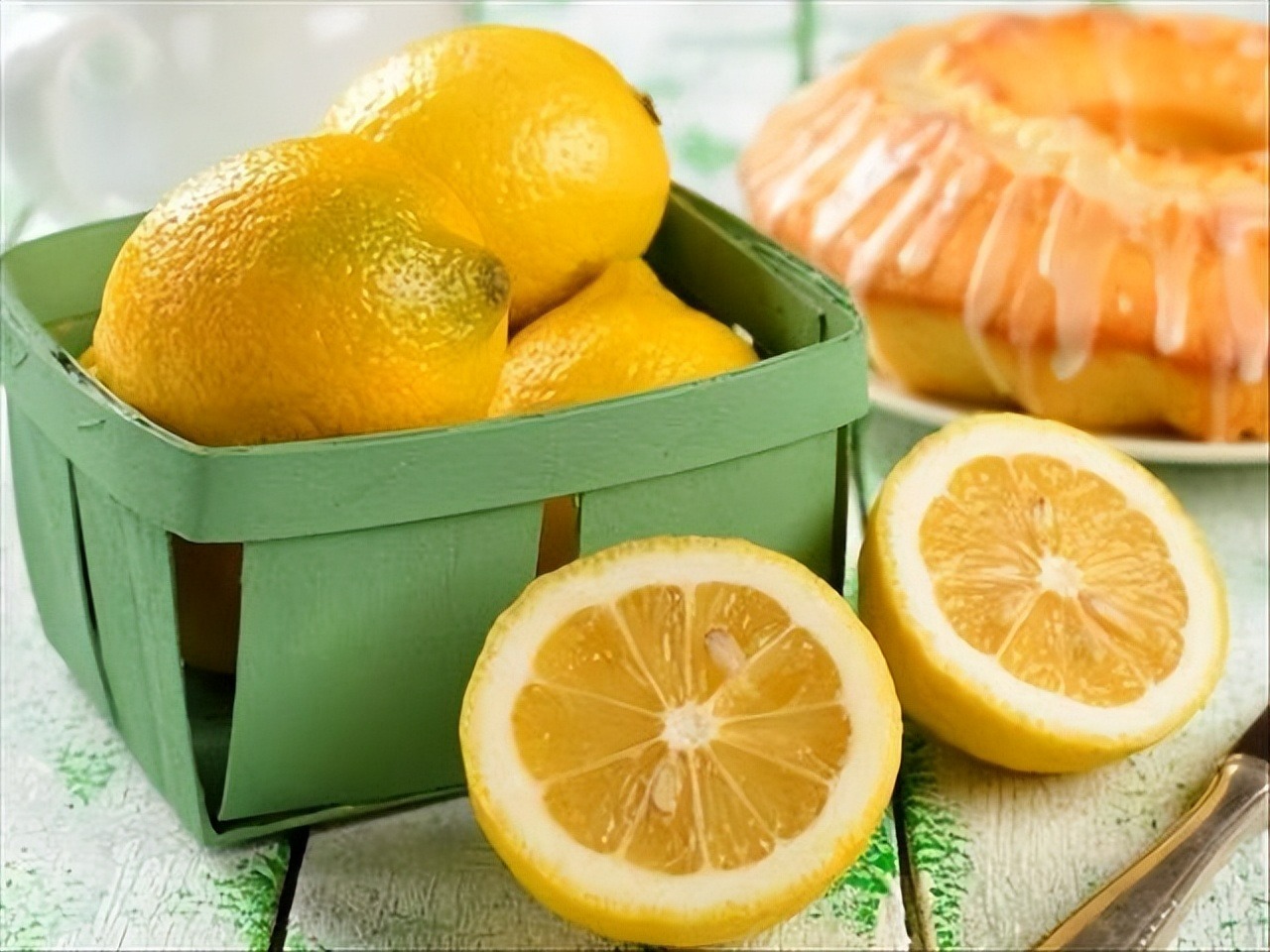
Adding lemon juice to the water helps acid-loving plants thrive
For acid-loving plants, you should regularly supplement them with acid, on a weekly, biweekly, or monthly basis, depending on the size of the plant.
This acid can be lemon water added when watering the plants, or it can be vinegar without salt, or orange peel water, lemon water…
Regularly watering with a small amount of acidic water benefits the development of plants, and these acidic waters are rich in vitamins, which are essential nutrients for plants.
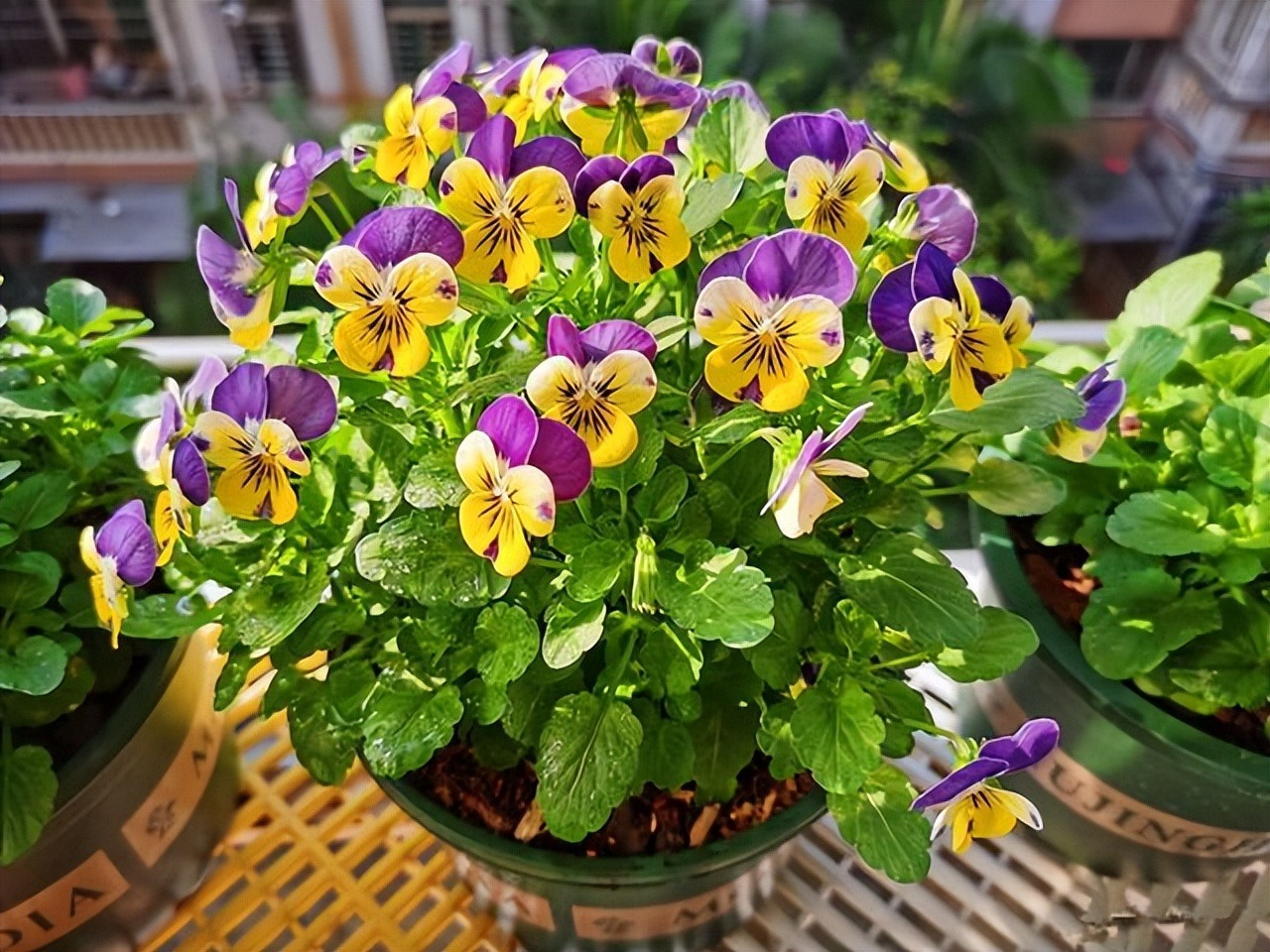
Regularly using acidic water has great benefits and does not affect the root rot condition of the plants
3. Dilute beer solution to wipe the leaves, making them thick and shiny, without yellowing
Actually, the above-mentioned acid water can also be used to wipe the leaves, but in terms of effectiveness, it is not as good as beer water. Moreover, watering with beer water also helps plants develop well.
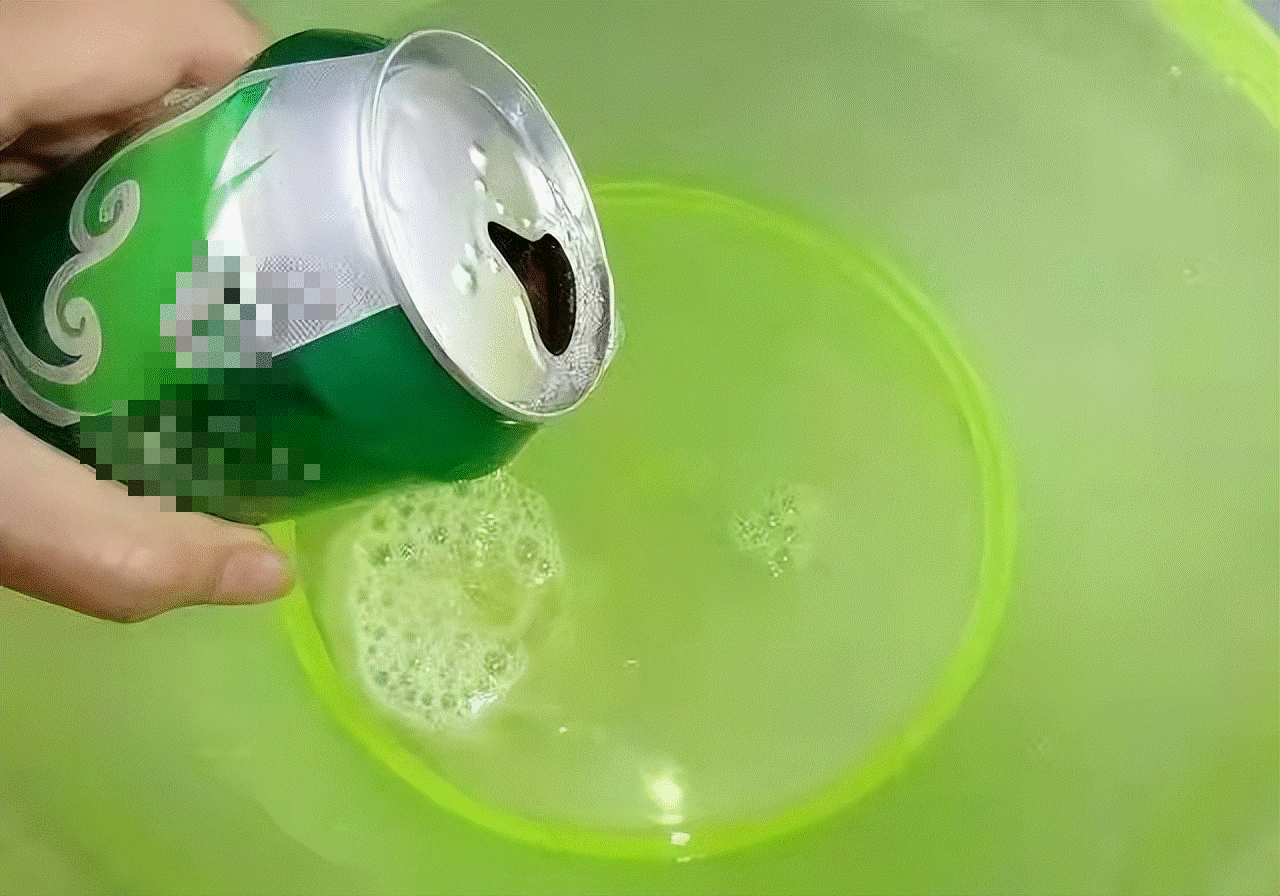
Dilute beer solution to wipe the leaves, making them thick and shiny, without yellowing
However, you should not use pure beer, but dilute it with a ratio of 1 beer: 50 water before watering the plants or wiping the leaves.
If you wipe the leaves with diluted beer water once a week, within a few months, the plant leaves will become thick and shiny, with a sparkling emerald green color.
Over time, flowers and green plants grown indoors will accumulate dust. If they are outdoors, we can wash the leaves by watering them.
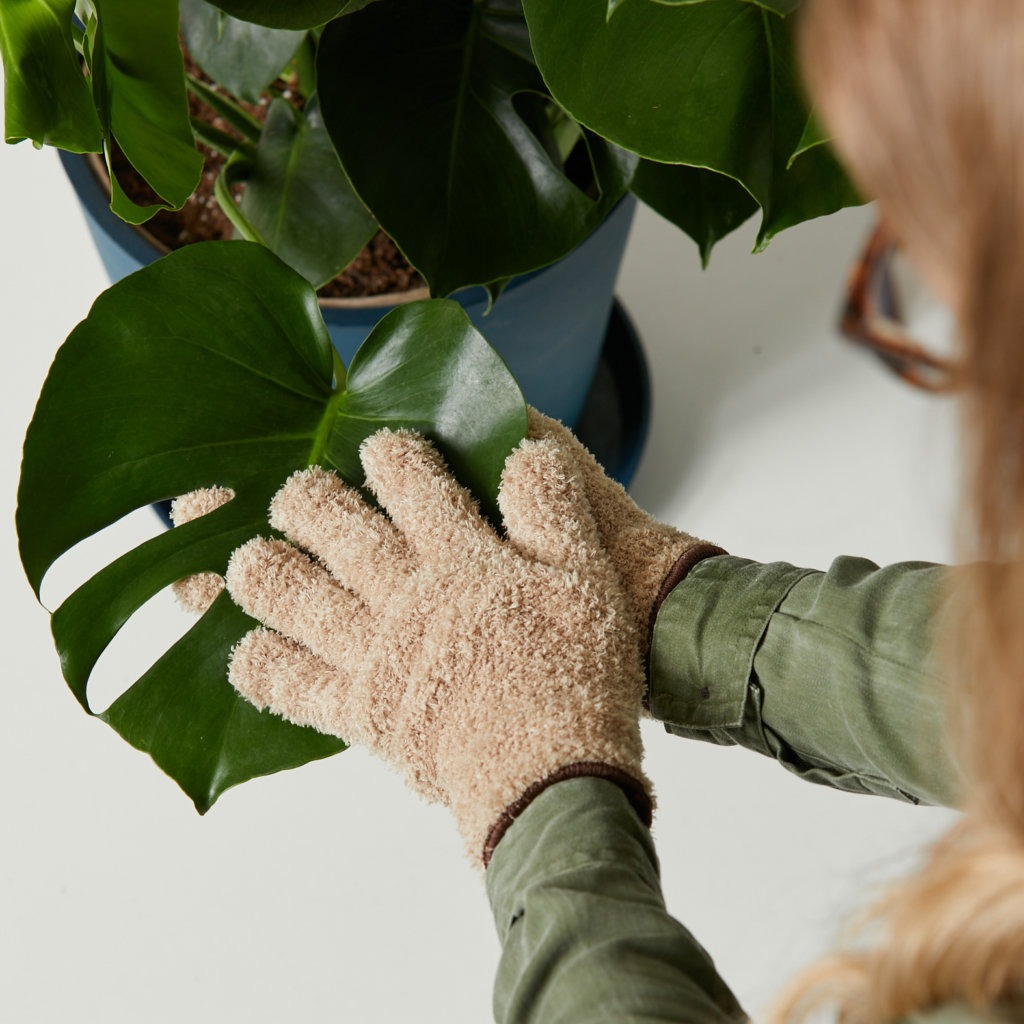
Wiping the leaves once a week with diluted beer water will make the plant leaves thick and shiny, with a sparkling emerald green color.
For plants indoors, they can only be wiped with cotton fabric. Beer water not only makes the leaves thick and shiny but also provides many nutrients for the plants.
4. Place some pine cones at the bottom of the plant pot, the roots will develop vigorously and quickly
Roots are the first thing that needs to be taken care of, especially for plants in pots. The growth state of the root system has a great impact on the overall plant.
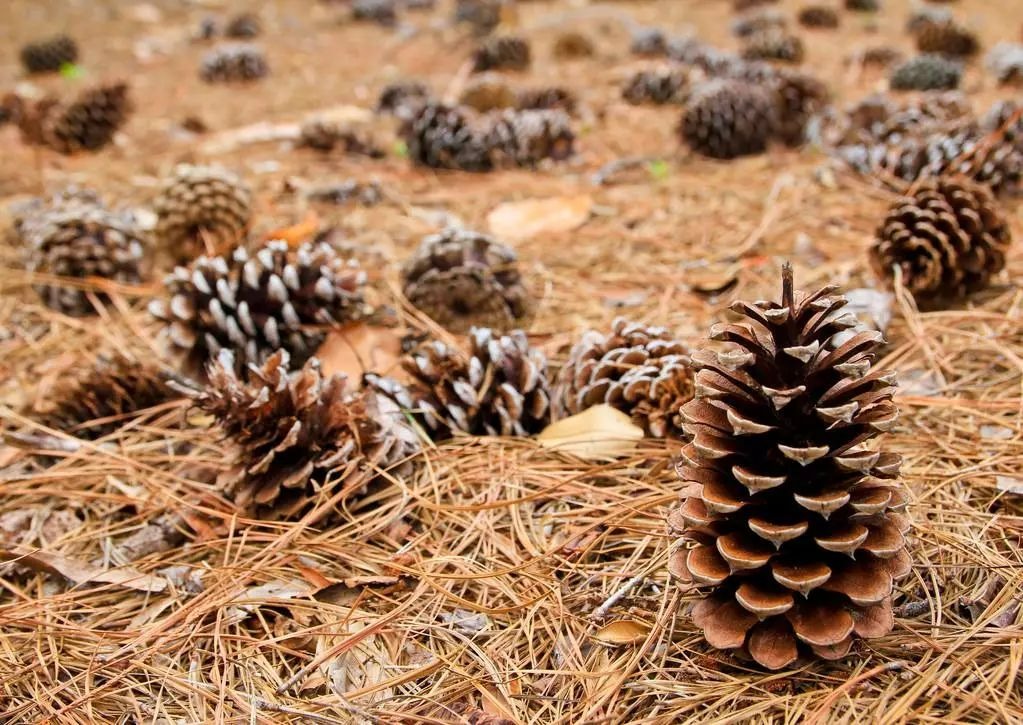
Place some pine cones at the bottom of the plant pot, the roots will develop vigorously and quickly
If you want your plants to always be healthy and long-lasting, the choice of plant pots and potting soil is very important.
At the same time, there should be a drainage layer between the plant pot and the potting soil. This drainage layer not only has the ability to drain excess water quickly but also allows air to circulate, making it easier for the roots to develop.
To create a drainage layer, tuff cones are the best material. If you don’t have tuff cones, you can use charcoal, chips, ceramsite… all are excellent substitutes.
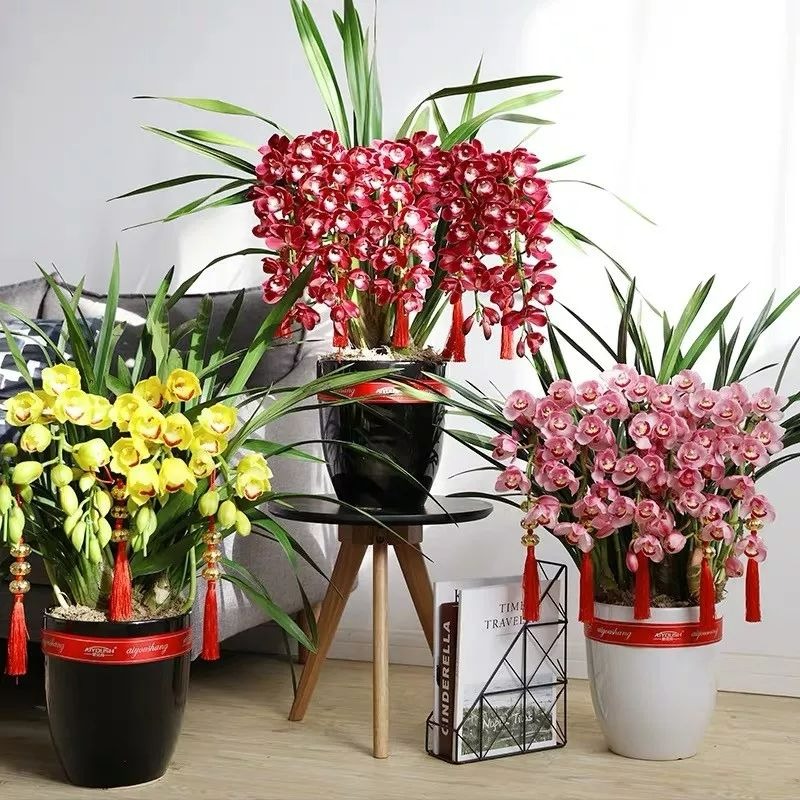
Some deep flower pots, such as orchid pots, must have a drainage layer.
Some deep flower pots, such as orchid pots, must have a drainage layer. If it is a shallow flower pot, you can grow some plants like phalaenopsis orchids, tongue orchids… with or without a drainage layer.
5. Cut a few willow branches and soak them in water to water the plants, they will grow vigorously
Willow branches contain salicylic acid, which promotes root development and overall rapid plant growth. Willow water can also be used to propagate plants, helping cuttings to root quickly.
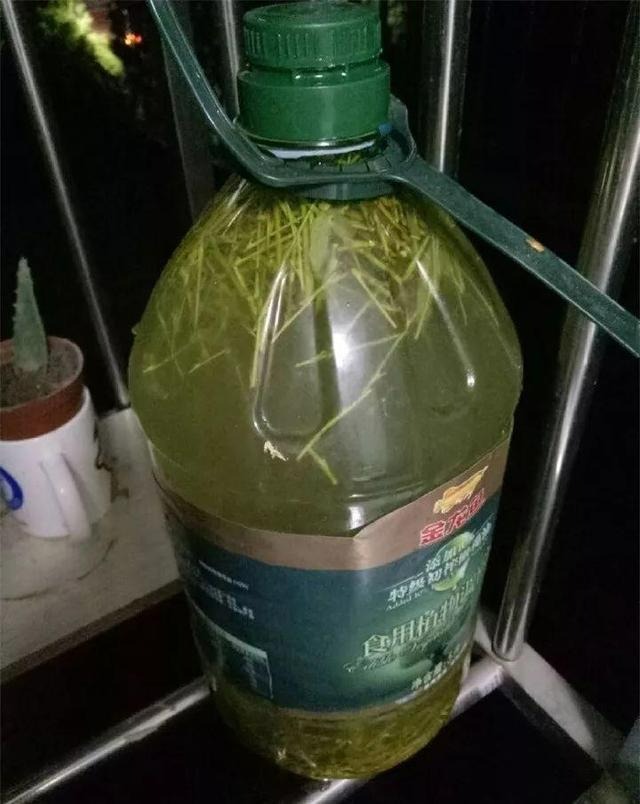
Cut a few willow branches and soak them in water to water the plants, they will grow vigorously
In addition to willow branches, willow bark also contains a lot of salicylic acid, so the bark and branches of willow trees are good materials for growing plants, especially some types of flowers such as orchids, Cymbidium orchids, Phalaenopsis orchids…
Salicylic acid is not only found in willow branches but also in aspirin, so you may have heard that using expired aspirin tablets can help plants bloom faster.
However, aspirin is very difficult to dissolve in water. Many plant lovers throw a small pill into the water when they are growing hydroponically, but this will not be effective. You need to crush the pill into powder to help the nutrients dissolve in water and be beneficial for the plants.
Above are some tips to help you grow indoor plants better. Give them a try and they will definitely benefit your indoor plants.
Source: Dân Việt

























